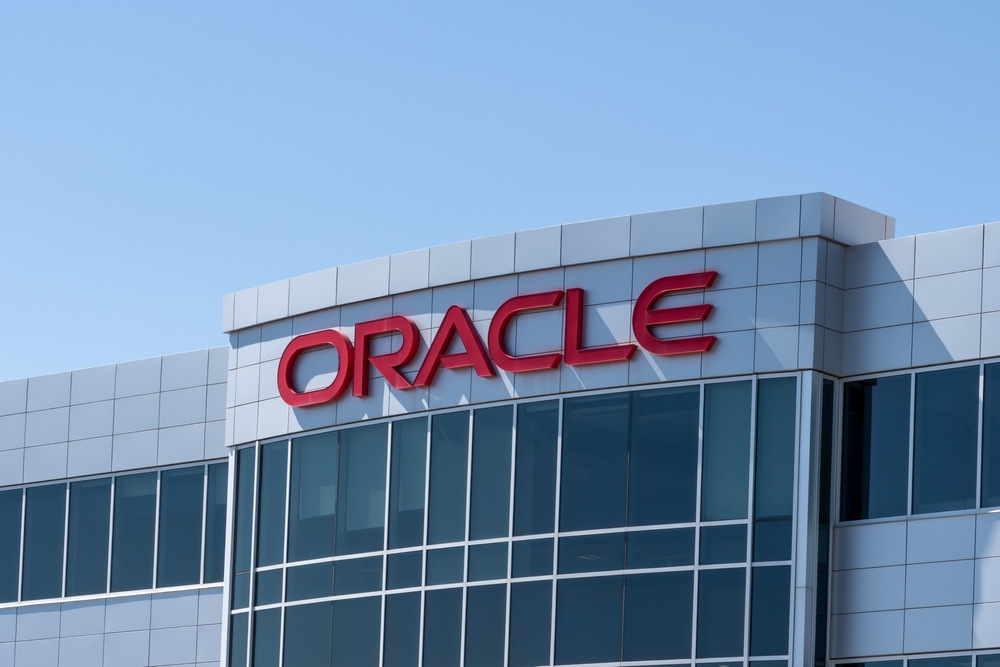KBC is the second largest bank in Belgium. Known for its topnotch services, it stretched across Europe to have over 13 million clients as of 2023. KBC has more than 40,000 employees in 1,200 branches across core markets in Belgium, Slovakia, Hungary, Bulgaria and the Czech Republic.
The company has propelled in growth after being massacred during the infamous 2008 financial crisis, took the COVID-19 blow and surged once more in 2021, but the next year was quite damaging; a detrimental 2022 left the markets stranded. The year birthed heaps of adverse market conditions amid increased geopolitical tensions, sky-high inflation and growing investor and consumer pessimism; all bad news for banks & insurance companies, particularly in Europe.
One tremendous quarter after the next, KBC regained its footing after the woeful year, catapulting from October 2022 until it became a victim of yet another banking demise in March of 2023 which witnessed the collapse of Silicon Valley Bank (SVB) and its effects have repercussed across the globe. Yet, the resilient KBC has recovered rapidly thanks to multinational intervention.
How did the Belgian bancassurer recently perform, and is its stock worthy of investment?
Recent Performance
The company released its financials in February for the last quarter of 2022, which showcased excellency and true supremacy when analyzed on a year-on-year (YoY) basis:
· Revenue: €1.95 billion – down 0.7% YoY
· Net profit: €818 million – up 23% YoY
· Net profit margin: 35.74% – up 6% YoY
· Diluted EPS: €1.61 – up 5% YoY
According to the company’s statements, its tremendous quarter can be attributed to boosted customer loans and customer deposits in all core countries. Additionally, the banking behemoth enjoyed strong sales of non-life insurance on a YoY basis alongside increased sales of life insurance on both a YoY and quarter-over-quarter basis.
KBC Group has successfully maintained solid solvency and liquidity throughout the quarter, as markets have witnessed a rejuvenation in willingness to spend & invest by corporations, investors and consumers.
Such developments have been reflected on the KBC Group stock which has been exuberant in 2023.

KBC Group 's stock performance over the past 5 years. (Source: TradingView) *
Looking into the technicals of KBC Group, its stock (EBR:KBC) is trading in the upper part of its yearly range, and both short-term and long-term trends look positive. Currently priced at €66.44 a share, the bright stock is trading above two support levels by €61 and €58, while a resistance level is sturdy by the €71.7 mark. *
The stock is looking quite optimistic, growing more than 32% in 6 months’ time and rallying nearly 9% since the start of the year, as the global banking turmoil took its toll on KBC, other banks and the stock market in general. *
The price movement of the stock is looking quite volatile, so it may be a good idea to await some consolidation in its value following its unraveled spike, before entering for purchase. [1]
The Future of KBC
Worth over $30 billion in market capitalization, the company is seemingly playing it safe after a chain of conundrums shook up markets. KBC Group wants to remain resilient, and is taking several measures to do so.
Johan Thijs, the bancassurer’s Chief Executive Officer, highlighted that the Russia-Ukraine conflict created long-lasting effects on the banking sector which in-turn damaged prospects of economic growth. Hence, the company further increased its dedicated reserve for geopolitical and emerging risks to €429 million towards the end of the quarter. The bank has also completed the acquisition of Raiffeisenbank Bulgaria in early July to expedite the process towards the company’s withdrawal from the Irish market.
Recent times have been scrutinizing for banks, mainly in the western hemisphere, so it does not seem like a very bad idea for KBC Group to play it safe and have its contingency plans optimized.
Peter Svoreň, executive director of APME FX
* Past performance is no guarantee of future results
[1] Forward-looking statements are based on assumptions and current expectations, which may be inaccurate, or based on the current economic environment which is subject to change. Such statements are not guaranteeing of future performance. They involve risks and other uncertainties which are difficult to predict. Results could differ materially from those expressed or implied in any forward-looking statements.



